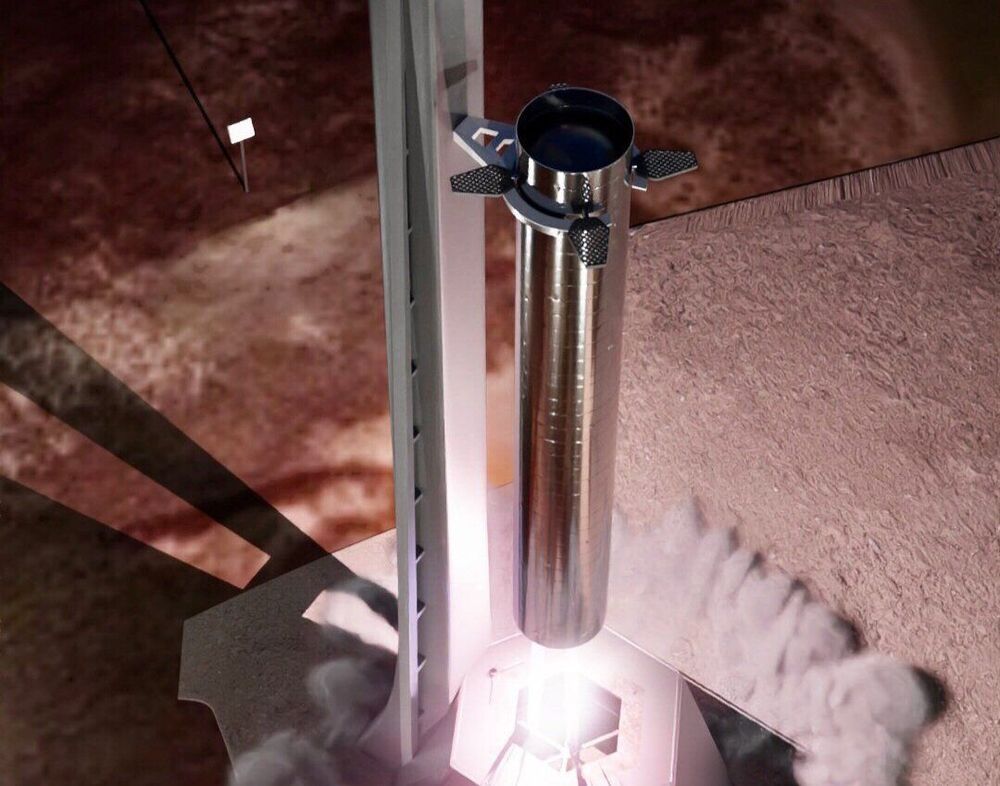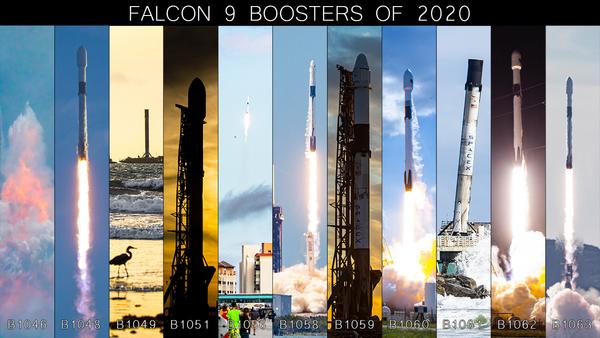Tesla will need a landing platform to catch the rocket as it lands. According to Elon Musk its to save mass/weight and speed up the rockets readiness for its next launch.
This is for Tesla’s reusable rocket program.
SpaceX aims to develop a fully reusable Starship and Super Heavy launch vehicle, capable of performing multiple flights per day. Musk shared that not adding landing legs to the Super Heavy rocket “Saves mass & cost of legs & enables immediate repositioning of booster on to launch mount — ready to refly in under an hour,” he said. When asked if the decision to eliminate the legs is due to the high stress the vehicle would experience upon landing Musk responded, “Legs would certainly work, but best part is no part, best step is no step,” he wrote via Twitter.
Saves mass & cost of legs & enables immediate repositioning of booster on to launch mount — ready to refly in under an hour— Elon Musk (@elonmusk) December 302020
Legs would certainly work, but best part is no part, best step is no step— Elon Musk (@elonmusk) December 302020


